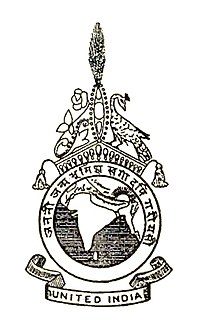
Photo from wikipedia
John Rawls and other liberals from the 1960s and ’70s are usually interpreted as having refurbished the idea of nonviolent civil disobedience, as practiced by Gandhi, King, and many others.… Click to show full abstract
John Rawls and other liberals from the 1960s and ’70s are usually interpreted as having refurbished the idea of nonviolent civil disobedience, as practiced by Gandhi, King, and many others. That standard reading has recently provided a launching pad for a growing body of critical theoretical reflection that challenges strictly nonviolent civil disobedience’s privileged normative status. Here I offer a revisionist account of both liberal (and especially) Rawlsian nonviolent disobedience and recent attempts to supersede it. Recent critics occasionally miss their targets: the main differences separating Rawls from the critics revolve around competing empirical assessments of contemporary liberal societies and rival accounts of political violence. Rawls and other liberals, in fact, provided normative space for limited forms of “violent” lawbreaking, when resulting typically not in injuries to other persons but perhaps damage to property. The debate about nonviolent vs. violent political illegality needs to pay closer attention to the difficult issue of how best to understand and define political violence. Although we may need to provide normative space under unjust conditions for limited types of violence (e.g., property damage), substantial grounds remain for principally favoring lawbreaking that avoids injuring or violating persons.
Journal Title: Political Research Quarterly
Year Published: 2022
Link to full text (if available)
Share on Social Media: Sign Up to like & get
recommendations!